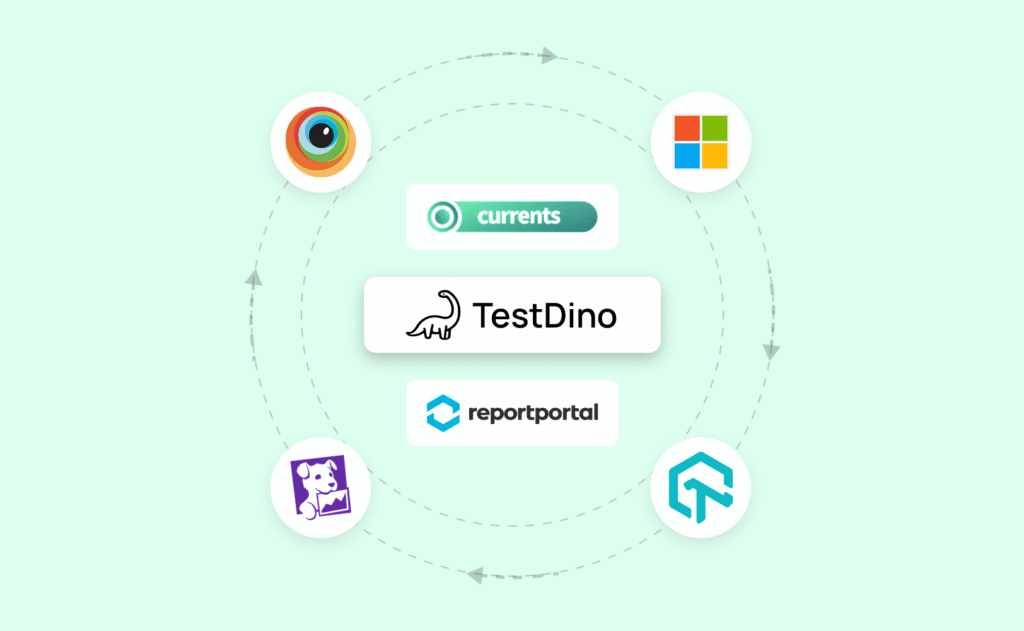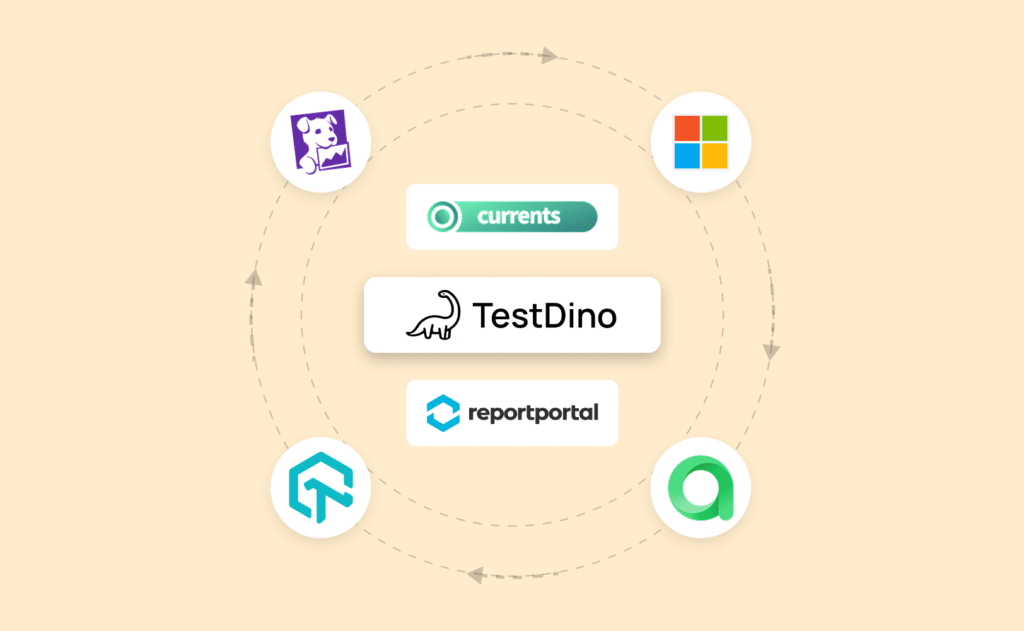Evaluating test reporting and analytics platforms can be a major setback.
Teams often use TestRail to track test outcomes, but recent reviews in 2025 consistently point out its shortcomings for modern automation analytics.
Key complaints focus on the lack of deep analytics, a fragmented debugging workflow, and no native features for handling flaky tests.
This guide presents the 7 best TestRail alternatives that provide the intelligence and efficiency required in 2025, with a spotlight on TestDino, a Playwright-first intelligence platform designed to reduce debugging time and build trust in your automation.



